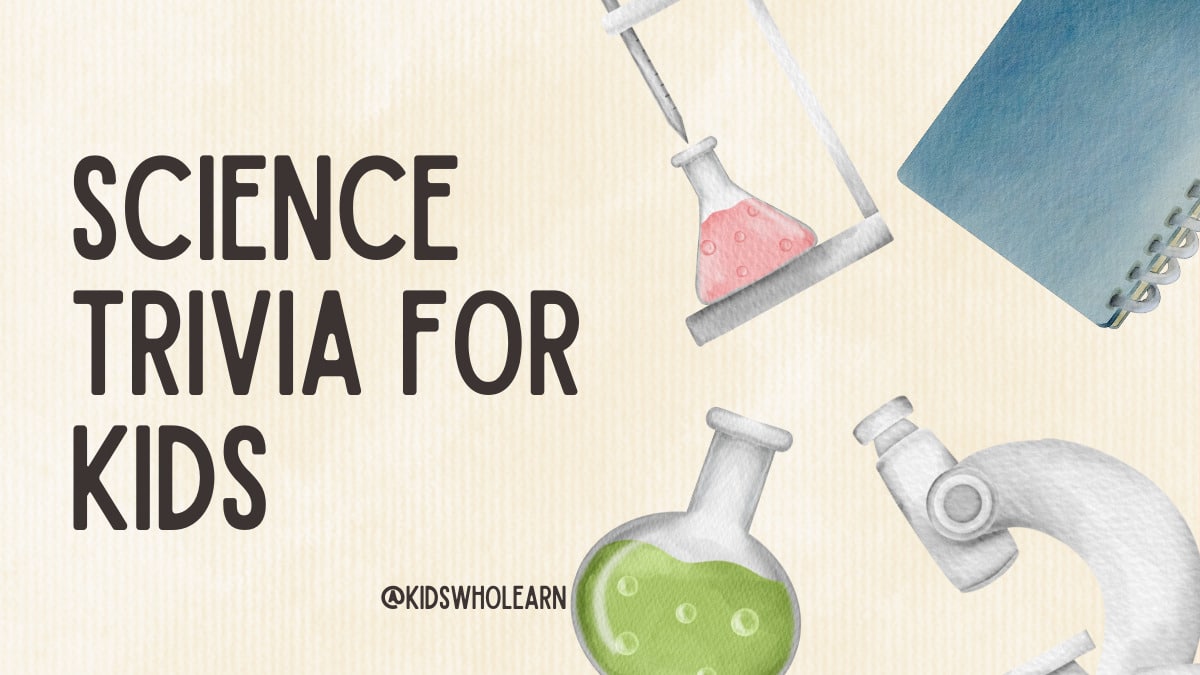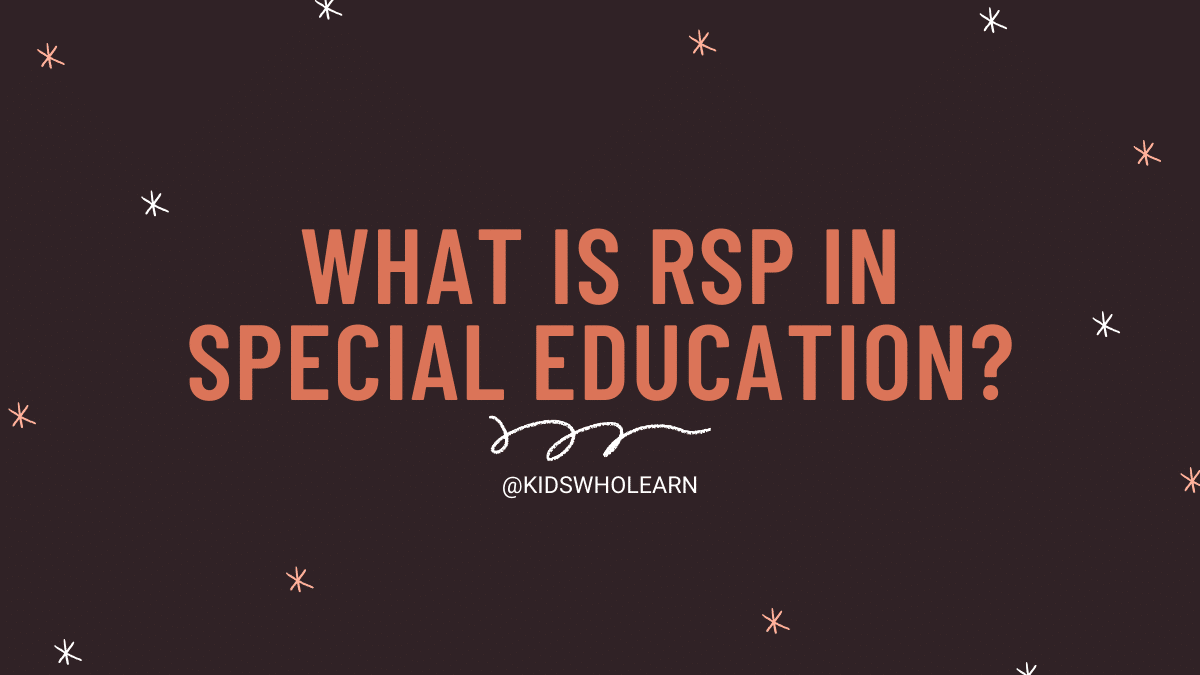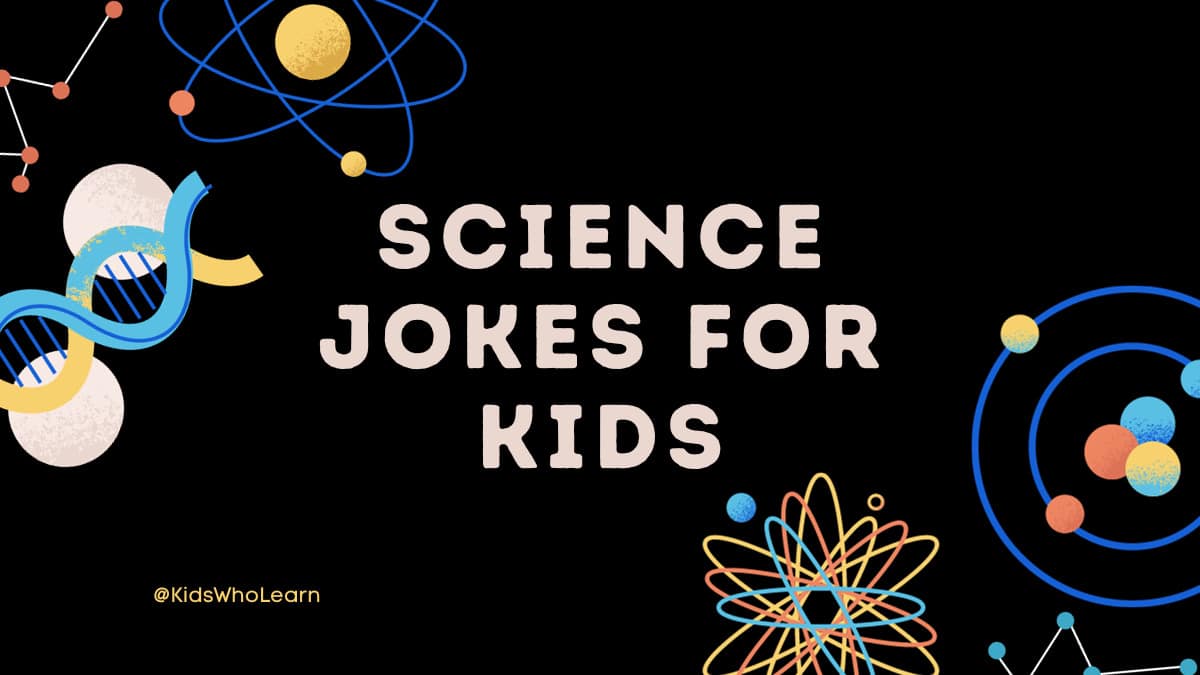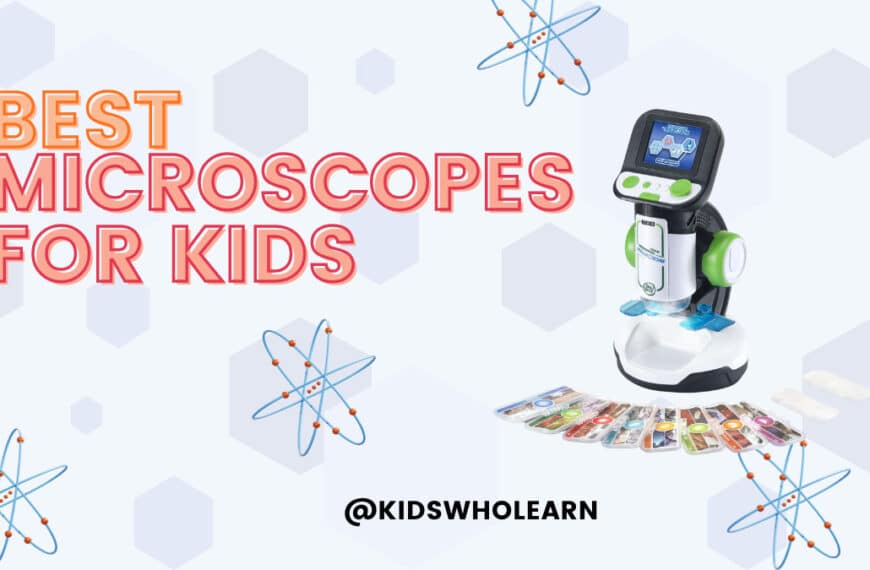Are you looking for a fun and educational way to engage your kids in science? Look no further than science trivia! Science trivia for kids is a great way to introduce children to scientific concepts while keeping them entertained. With a variety of topics to choose from, science trivia can cover everything from animals and plants to the solar system and beyond.
Not only is science trivia a fun way to pass the time, but it can also help children develop critical thinking skills and improve their memory. By asking questions and testing their knowledge, kids can learn to think creatively and logically, while also building their confidence. Plus, science trivia can be played with friends and family, making it a great social activity that encourages teamwork and communication.
So, whether you’re looking for a rainy day activity or just want to add some educational fun to your family game night, science trivia for kids is a great option. With so many topics to choose from and endless possibilities for questions, you’re sure to find something that will engage and excite your little ones.
What is Science?
Science is a way of learning about the world around us. It is a systematic way of studying natural phenomena and discovering new knowledge. In this section, you will learn about the scientific method and the different branches of science.
The Scientific Method
The scientific method is a process that scientists use to investigate and understand the natural world. It involves several steps:
- Observation: Scientists observe natural phenomena and ask questions about what they see.
- Hypothesis: Scientists make an educated guess, or hypothesis, about what they think is happening based on their observations.
- Experiment: Scientists design and conduct experiments to test their hypothesis.
- Data Analysis: Scientists analyze the data they collected during their experiment to determine if their hypothesis was correct.
- Conclusion: Scientists draw conclusions based on their data analysis and communicate their findings to others.
Branches of Science
There are many different branches of science, each focusing on a different aspect of the natural world. Some of the main branches of science include:
- Biology: The study of living organisms, including their structure, function, and behavior.
- Chemistry: The study of the properties, composition, and behavior of matter.
- Physics: The study of matter and energy and their interactions.
- Earth Science: The study of the Earth, including its geology, atmosphere, and oceans.
- Astronomy: The study of the universe, including planets, stars, and galaxies.
Each branch of science is important and contributes to our understanding of the world around us. By studying science, we can learn about the natural world and make important discoveries that improve our lives.
Fun Science Facts
Science is all around us, and there are so many fascinating things to learn about the world we live in! Here are some fun science facts that will blow your mind.
Space Facts
Did you know that the sun is actually a star? It’s true! The sun is just the closest star to us, and it’s the center of our solar system. Also, did you know that there are more stars in the universe than grains of sand on all the beaches in the world? That’s a lot of stars!
Another cool space fact is that the moon is slowly moving away from Earth. Every year, it moves about 1.5 inches farther away from us. Scientists think that in about 50 billion years, the moon will be far enough away that we won’t have total solar eclipses anymore.
Earth Facts
The Earth is an amazing place full of natural wonders! Did you know that lightning can strike the same place twice? In fact, the Empire State Building in New York City gets struck by lightning about 100 times a year!
Also, did you know that the Earth is not a perfect sphere? It’s actually slightly flattened at the poles and bulging at the equator. This is because the Earth is spinning, and the centrifugal force pushes the equator out.
Animal Facts
Animals are some of the most interesting creatures on the planet! Did you know that a group of flamingos is called a flamboyance? And that a group of rhinoceroses is called a crash?
Also, did you know that a cat has more bones than a human? Humans have 206 bones, but a cat has 244! That’s because cats have a more flexible spine and more bones in their tails than humans do.
There you have it – some fun science facts to impress your friends and family with! Keep exploring and learning about the amazing world of science.
Famous Scientists
Albert Einstein
Albert Einstein is one of the most famous scientists of all time. He was born in Germany in 1879 and is best known for his theory of relativity. Einstein was awarded the Nobel Prize in Physics in 1921 for his work on theoretical physics.
Some interesting facts about Einstein include:
- He was a talented musician and played the violin.
- He was offered the presidency of Israel in 1952, but declined.
- Einstein’s brain was preserved after his death for scientific study.
Marie Curie
Marie Curie was a Polish-born physicist and chemist who is famous for her pioneering work on radioactivity. She was the first woman to be awarded a Nobel Prize, and the only person to win Nobel Prizes in two different scientific fields.
Some interesting facts about Marie Curie include:
- She discovered two new elements, polonium and radium.
- Curie was the first woman to become a professor at the University of Paris.
- During World War I, she developed mobile X-ray units to help diagnose injuries on the battlefield.
Isaac Newton
Isaac Newton was an English mathematician and physicist who is widely regarded as one of the most influential scientists of all time. He is best known for his laws of motion and his work on gravity.
Some interesting facts about Isaac Newton include:
- He was born in 1642, the same year that Galileo died.
- Newton was a member of the Royal Society, a prestigious scientific organization in England.
- He was also a devout Christian and wrote extensively on biblical interpretation.
That’s all for the famous scientists section. Keep reading for more science trivia!
Science Experiments at Home
Looking for some fun and educational science experiments to do at home? You’re in luck! Here are three cool experiments you can do with ingredients you probably already have in your kitchen.
Creating a Volcano
You’ll need:
- Baking soda
- Vinegar
- Red food coloring (optional)
- A container (like a plastic bottle or paper mache volcano)
Instructions:
- Put the container on a tray or in a sink to catch any spills.
- Fill the container about halfway with vinegar.
- Add a few drops of red food coloring if you want your “lava” to be red.
- Add a spoonful of baking soda to the container and watch the eruption!
Making Slime
You’ll need:
- White school glue
- Liquid laundry detergent
- Food coloring (optional)
Instructions:
- Pour some glue into a bowl.
- Add a few drops of food coloring if you want your slime to be a certain color.
- Slowly add small amounts of laundry detergent to the glue, stirring constantly, until the mixture starts to clump together.
- Knead the slime with your hands until it’s stretchy and not too sticky.
Growing Crystals
You’ll need:
- Borax (found in the laundry aisle of most stores)
- Water
- Pipe cleaners
- A jar or cup
Instructions:
- Bend the pipe cleaners into a shape that will fit inside your jar or cup (like a star, heart, or circle).
- Mix 3 tablespoons of borax with 1 cup of hot water in the jar or cup. Stir until the borax dissolves.
- Hang the pipe cleaner shape in the jar or cup so that it’s not touching the sides or bottom.
- Wait 24 hours and check out the cool crystals that have formed on the pipe cleaners!
Have fun and remember to always ask an adult for help when doing science experiments at home.







